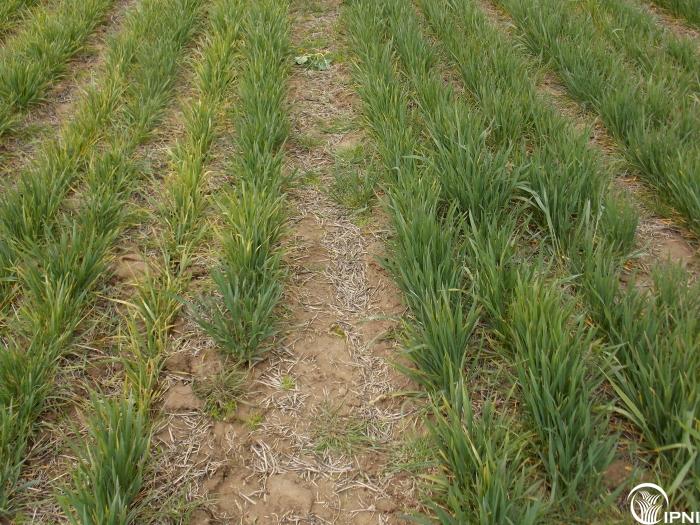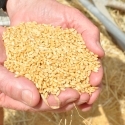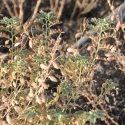08 Sep 2015
K responses on the Southern Tablelands
Research trials with NSW DPI

In order to provide additional K response data to the Better Fertilizer Decisions for Crops database, a field experiment was established at Breadlebane in the Southern Highlands of New South Wales. A similar experiment was located in the same paddock in 2014. This region is located between Canberra and Goulburn and cropping is becoming more common, especially early sown cereals and canola that are grazed during the autumn by sheep, and then closed up for grain.
The site soil K test values and depths are ex-K 34 (0-10), 16 (10-20) and 13 (20-30), with all values in mg/kg.
This experiment has three crops, triticale, wheat and canola and there are five rates of K (nil, 12.5, 25, 50, 100, 150 kg K/ha). The K is supplied as muriate of potash which was topdressed onto the crops early in vegetative growth.
The pictures below were taken in early September and show good K responses in the crops. At this stage the wheat wsa showing the strongest growth response and tricicale was responding. The canola was yet to come out of its slow winter growth but there are some indications of a response, and this response is expected to become more obvious as the conditions warm up in the spring.
Yield results from this experiment showed that 100 kg K/ha at this site resulted in 113% increase for wheat, 54% increase for triticale and a 28% increase in canola. A summary of the responses is shown in Figure 1 below.
This work is supported by the Grains Research and Development Corporation, New South Wales Department of Primary Industries, Canpotex P/L (through Agrow P/L) and the International Plant Nutrition Institute. The experiment was sown by NSW DPI and monitoring has been done by Dr Jonathon Holland, who is the research scientist in charge of this project.

















